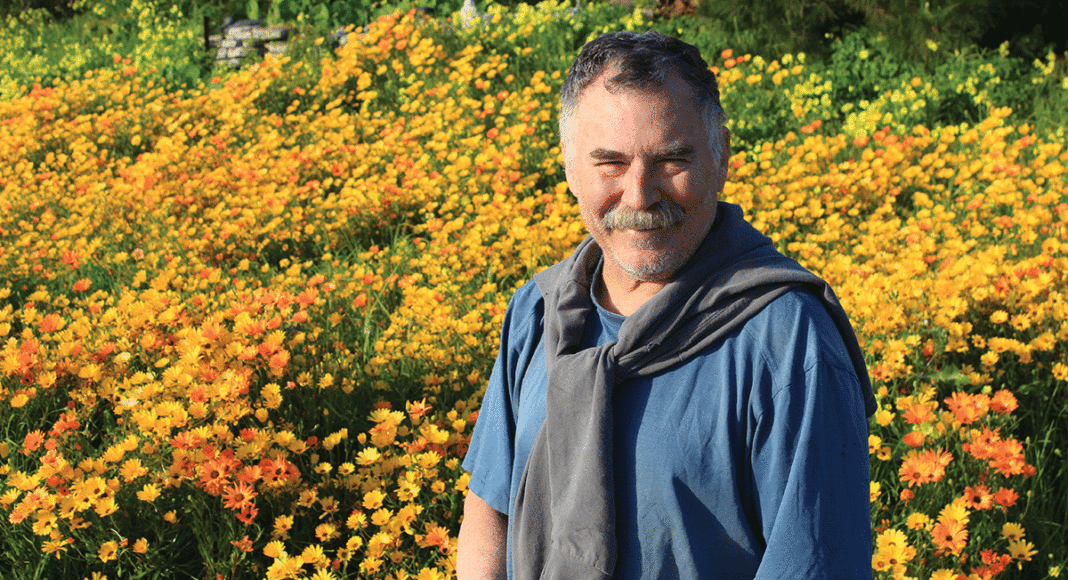Dr. Wells Shoemaker, a local physician you may remember from a recent Wellness column about the relationship between alcohol and health, says he was feeling glum about the potential Obamacare repeal. “But now that it’s here to stay, we’ve dodged a near-Earth asteroid,” says Shoemaker.
In the wake of last month’s failed repeal, Shoemaker is relieved that the Affordable Care Act will remain—at least for the foreseeable future. “Prior to Obamacare, 40 percent of personal bankruptcies in this country related to an inability to pay medical bills,” he says. “Many people lived in fear that the other shoe would drop, and all it would take is one minor health care problem to create a disaster.”
But even though Obamacare survived legislative death row, the Trump administration might try to deal it a crippling blow by withholding billions of dollars in federal subsidies known as cost-sharing reductions, which help make health care affordable to the masses. “It’s very important money,” says Shoemaker. “It’s not just poor people. Many middle-class people were unable to afford or even qualify for health insurance because of pre-existing conditions.”
Even though the future of health care seems murky at best, and terrifying at worst, the good news is that, “Santa Cruz County already has high-quality medical care, and is one of the top three or four counties in the nation in terms of health care efficiency,” says Shoemaker.
Santa Cruz County is also one of only three counties in the state with a nonprofit organization called HIP (Health Improvement Partnership), which founding co-chair Shoemaker calls “a consortium of a wide variety of health care entities that tries to make health care reform live up to its promises. The fundamental thing is to take organizations that either compete or operate in different silos and get them to work together to gang-tackle problems that are unsolvable by any one organization.”
The group is dealing with several “knotty” problems, he says, including behavioral health. “It’s silly to think that physical and mental health is treated differently, so it’s a perfect softball for HIP,” he says. Another issue he says is ripe for HIP intervention is homelessness. “It involves law enforcement, public health, housing and nutrition. No one agency can deal with all of it. HIP creates an environment where it’s safe to bring everybody that has a role in it together,” he says.
But even with strong local health care and Obamacare staying afloat federally, a haunting sense of uncertainty is pervasive both locally and nationally.
“It affects everyone involved,” says Shoemaker. “It stymies our country from making health care changes that would bring us into the top 20 in the world … If cuts are made—and there will be cuts—corpses won’t line the streets, but people’s lives will be shortened. It’s not like a nuclear bomb, but it will poison our children.”
One way to channel health care anxiety into positive action is to take personal responsibility for individual health care, something Shoemaker says many local residents are already adept at.
“If you’re unhappy with the care you receive, let the doctor know. There are many accountability channels, and agencies that advocate for the individual health care consumer.”
He also notes an evolution in the way doctors and patients interact. “I’ve seen a half century of changes,” he says. “Doctors used to be the boss and ‘doctor’s orders’ was the post-World War II attitude. But now the doctor/patient relationship is looked at like a partnership.”













